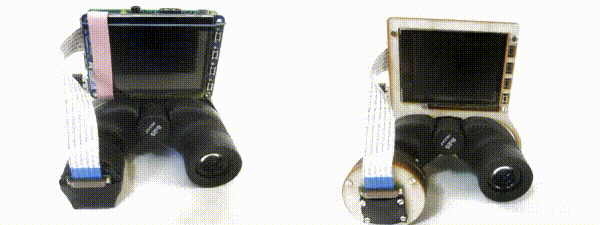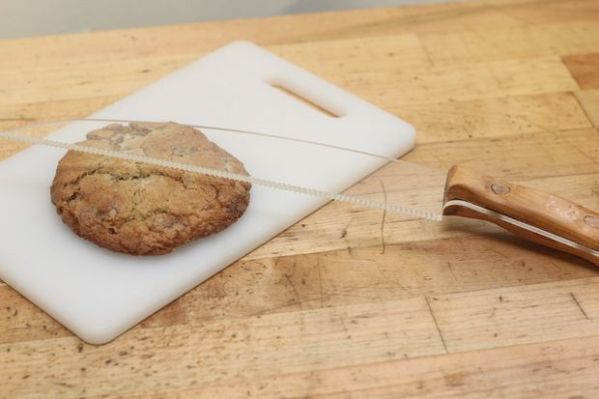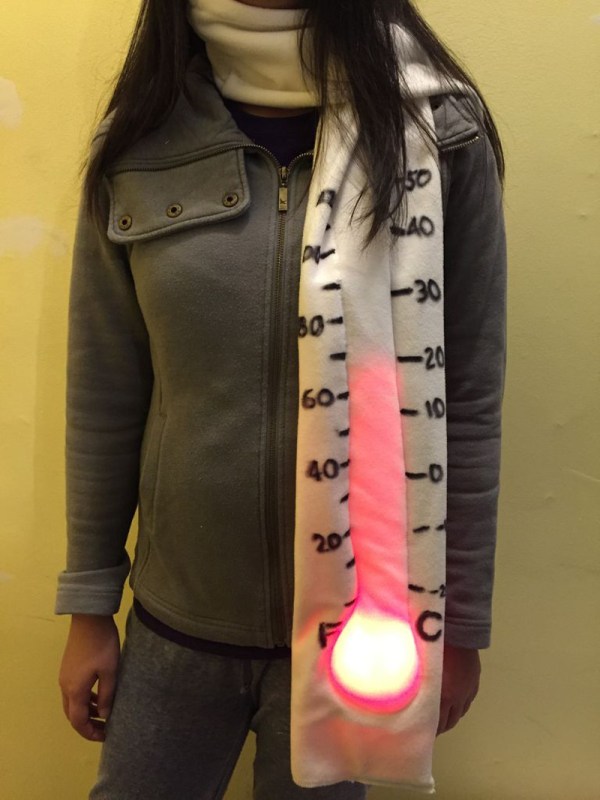Hacker culture in Germany and the US is very similar in a lot of ways, from the relative mix of hardware versus software types to the side-affinities for amateur radio and blinkenlights. Reading Hackaday, you’ll find similar projects coming out of both countries. Both countries have seen hackerspaces bloom in the last decade to the point that there’s probably one or two in whatever city you’re living in. But there’s one thing that hackers in the USA are still lacking that German hackers have had for a while: respect.
Say the word “hacker” in different social circles, and you never know what kind of response you’re going to get. Who exactly are “hackers” anyway? Are we talking about the folks blackmailing you for your account details on Ashley Madison? Or stealing credit card numbers from Target? Or are we talking about the folks who have a good time breaking stuff and building stuff, and taking things apart to see how they work?
The discussion over who’s a “hacker” is as old as the hills, by Internet standards anyway, and it’s not going to get settled here. But think about the last time you heard the word “hacker” used in anything but its negative sense in the popular press. If you can’t remember a single instance in this century, you’re living in the USA. If you answered, “just yesterday, in one of the nation’s most important newspapers”, then you’re living in Germany.
Continue reading “Hackers And Heroes: A Tale Of Two Countries”





















